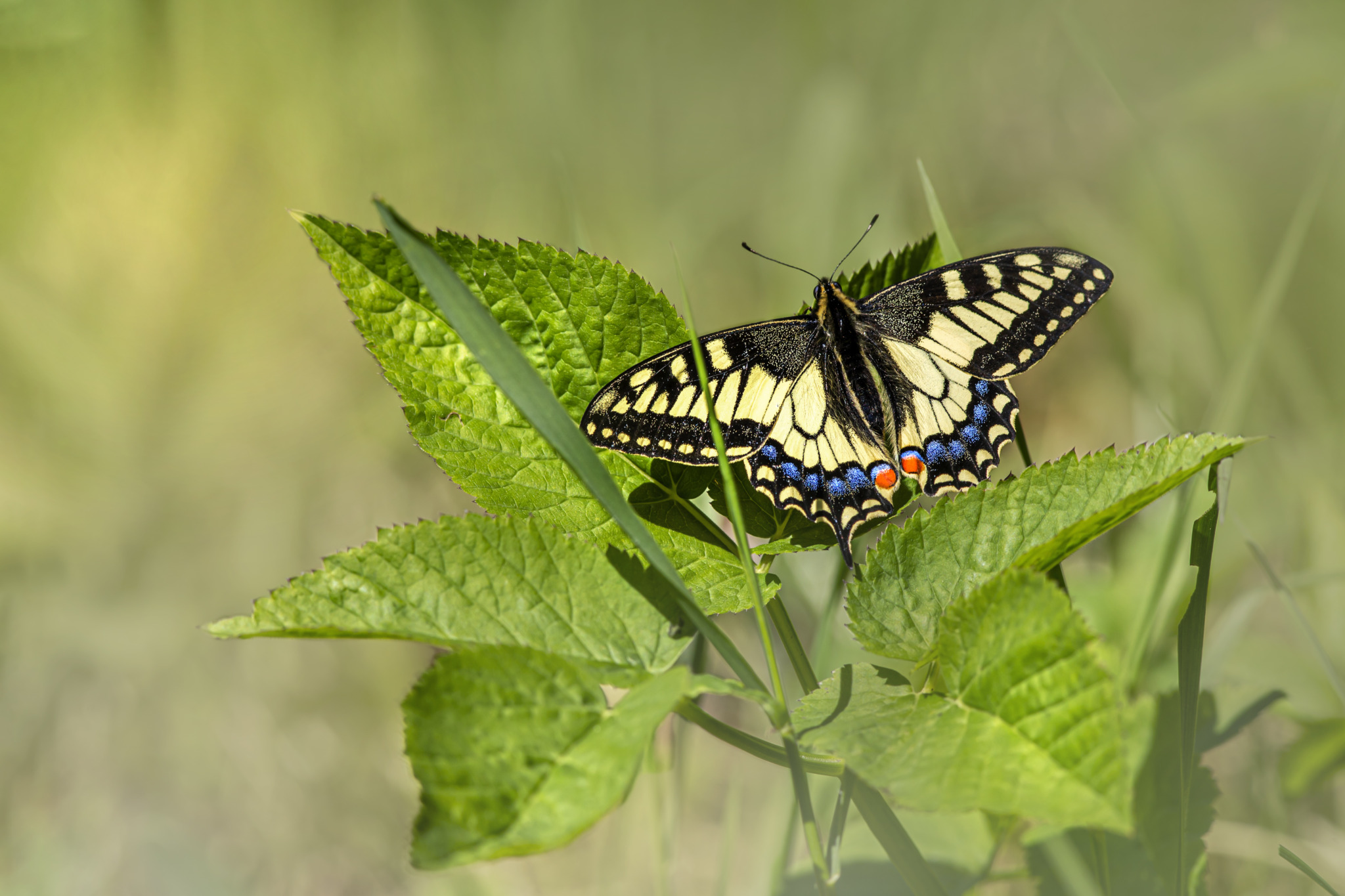The Old World Swallowtail (Papilio machaon): A Symbol of Elegance and Ecological Vitality
The Old World Swallowtail (Papilio machaon) stands as a majestic icon of the natural world, captivating enthusiasts with its graceful flight, vibrant colors, and rich ecological significance. This review aims to explore the intricate biology, ecological role, and conservation significance of Papilio machaon, shedding light on its importance within ecosystems and its enduring allure among admirers worldwide.
Papilio machaon, commonly known as the Old World Swallowtail, is a species of butterfly belonging to the family Papilionidae. Widely distributed across Europe, Asia, and North Africa, this magnificent butterfly occupies a diverse range of habitats, including meadows, grasslands, and alpine meadows.
One of the most distinctive features of Papilio machaon is its striking appearance, characterized by its large wings adorned with intricate patterns of yellow, black, and blue. The swallowtail-shaped extensions of its hindwings lend it an unmistakable elegance, earning it admiration from observers and photographers alike.
Ecologically, the Old World Swallowtail plays a vital role as a pollinator, facilitating the reproduction of numerous plant species within its habitat. By sipping nectar from flowers with its long proboscis, it aids in the transfer of pollen from flower to flower, contributing to the maintenance of plant diversity and ecosystem resilience.
The life cycle of Papilio machaon is a testament to the marvels of metamorphosis. Beginning as tiny eggs laid on host plants such as members of the Apiaceae family (e.g., fennel, parsley), its larvae hatch and undergo several instars before pupating into chrysalides. Finally, emerging as adult butterflies, they embark on a journey of exploration and discovery, perpetuating the cycle of life.
Behaviorally, Papilio machaon exhibits fascinating adaptations suited to its ecological niche. Males engage in territorial behaviors, patrolling their territories and engaging in aerial displays to attract mates. Courtship rituals involve intricate fluttering and pheromone release, culminating in mating and the continuation of the species.
Despite its enchanting beauty and ecological importance, the Old World Swallowtail faces numerous threats to its survival. Habitat loss, pesticide use, climate change, and invasive species pose significant challenges to populations across its range, leading to declines in abundance and distribution.
Conservation efforts aimed at protecting Papilio machaon encompass habitat restoration, establishment of protected areas, and community-based initiatives. By raising awareness about the importance of butterflies and their habitats, engaging in citizen science projects, and supporting sustainable land management practices, we can strive to safeguard the future of this enchanting species.
In conclusion, the Old World Swallowtail (Papilio machaon) serves as a symbol of elegance and ecological vitality in the natural world. Through our collective efforts to conserve its habitats and mitigate threats, we can ensure that future generations will continue to marvel at the beauty and wonder of this extraordinary butterfly.
Views: 169
Subscribe to the newsletter:
